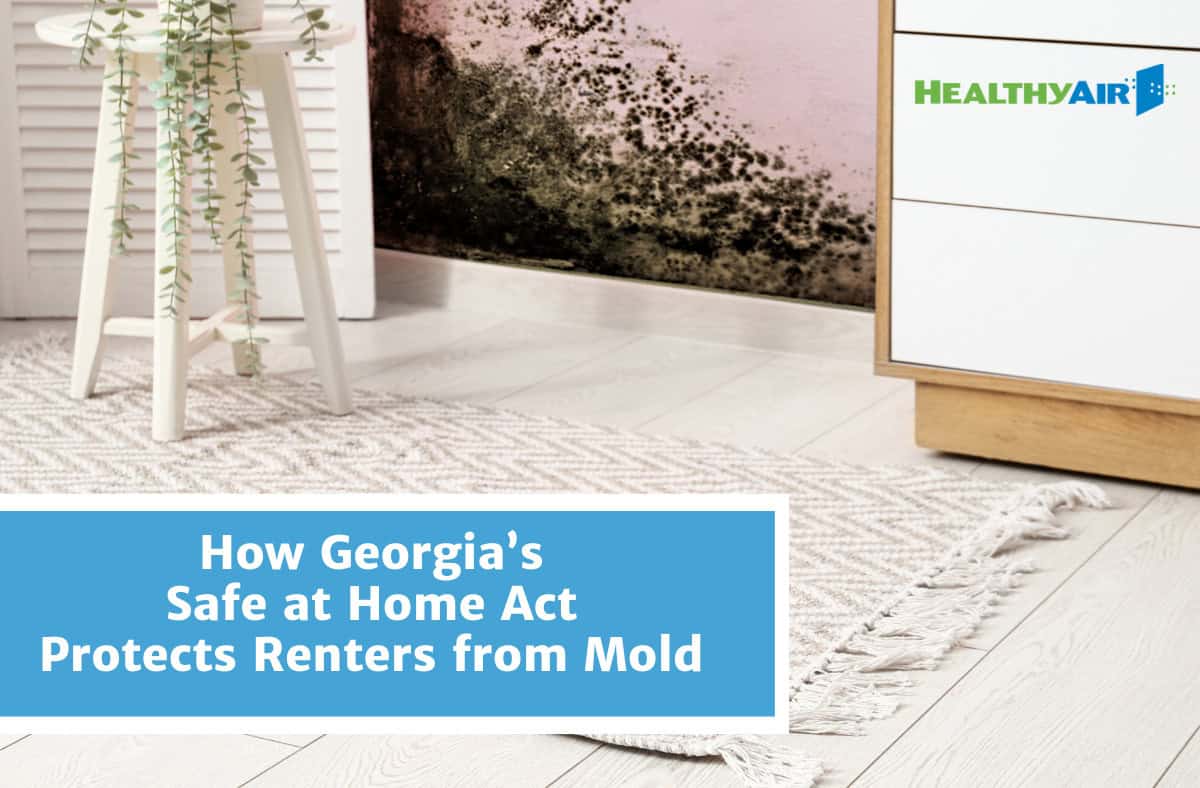Beyond Mold Allergies: How Mold Exposure Can Trigger Chronic Sinus Infections


Are you constantly seeking relief from sinus issues like post-nasal drip, sinus pressure headaches,
congestion, a stuffy or runny nose, a sore throat, cough and raspy voice? If so, you may be experiencing
sinusitis or a chronic sinus infection. Sinusitis, the inflammation of tissues in your sinus cavities, can be a
frustrating and painful condition. And while you may attribute it to allergies or viral infections like the
common cold, there’s a hidden culprit that could be making it worse.
How can mold exposure cause sinus infections?
A sinus infection can be caused by many different factors, including allergies or infections from bacteria
or viruses. But one cause of sinus infections you may not hear about much is exposure to mold. In fact,
many doctors and medical professionals believe mold and mycotoxin exposure is the cause of chronic
sinus infections.
Mold is a type of fungus that grows in areas that are damp and humid. Mold exposure symptoms can
include sneezing and coughing, headaches and sinus problems. In some cases, mold exposure can lead
to more serious health problems like asthma and respiratory infections. In addition to the symptoms
already mentioned, sinus infections related to mold exposure can cause ear pain, a decreased sense of
smell or taste, and fatigue. And as the sinusitis infection becomes severe, the pain can make you feel
miserable.
When mold spores are released into the air, they can be inhaled through the nose or mouth or can get
onto the skin, and they can cause a lot of problems. Mold spores that are inhaled can enter the sinuses
and trigger mold allergy symptoms or an immune response that causes inflammation and swelling of the
nasal passages and sinuses. Mucus, bacteria and debris can become trapped in the swollen sinus tissues,
causing a sinus infection.
Once mold settles in the warm, dark and damp environment of your sinuses or your bronchial tubes, it
can grow. In some cases, the mold spores become deeply embedded in the tissues and can cause fungal
balls or polyps in the sinuses that can only be removed by surgery. The mold, fungal balls and polyps
produce mycotoxins that can make you even more severely sick and cause symptoms that go beyond
the sinuses and respiratory system, affecting your heart, brain and muscles and causing weakness,
fatigue, brain fog and more, including chronic illness and even chronic fatigue syndrome.
How can you recover from a sinus infection?
Sinus infections typically require treatment by a doctor. A few options can reduce your symptoms,
including antihistamines, nasal corticosteroids (available in over-the-counter form and prescription
medication), and decongestants that can help improve congestion and open the nasal passages so you
can breathe better. Using a saline nasal rinse and applying warm compresses to the face can help reduce
pain caused by a sinus infection, and drinking lots of fluids will thin the mucus in your sinuses so it can
drain better. But if you have a bacterial sinus infection (rather than a viral sinus infection), you’ll need
prescription antibiotics from your doctor, or your infection will continue to get worse. You may also
need immunotherapy, or allergy shots, to help alleviate mold allergy symptoms.
Clean air and removal of mold spores is critical to recovery
If you’re living or working in an environment where you’re being exposed to mold, it’s critical to remove
the mold spores from the air that you breathe – and from your sinuses and respiratory tract. It doesn’t
take much water for mold to start growing in your home. Something as simple as a small drip from a
leaky sink, shower or toilet can be enough. Small roof leaks can also lead to mold growth – and the
water damaged areas may not be visible because they are lurking in your attic, behind sheetrock walls,
or in air ducts or crawl spaces. Mold spores thrive on materials like wood, drywall and cabinet material,
and mold can start growing with 24 to 48 hours from the start of the water leak or exposure.
But while you easily see mold growing on the grout in your bathroom, you can’t see mold spores in the
air. They are so small that they are invisible to the naked eye, and they easily float. For this reason, it’s
important to work with a qualified remediation company like Healthy Air USA to have your home air
quality tested and to determine if you have a problem with mold growth in your home, your attic or
your air conditioning ducts. Healthy Air USA can identify any sources of mold, remediate the area to
remove the mold and other contaminates, eliminate mold spores in the air inside your home, and
restore your healthy environment, helping you get back on the path to healthy living.



